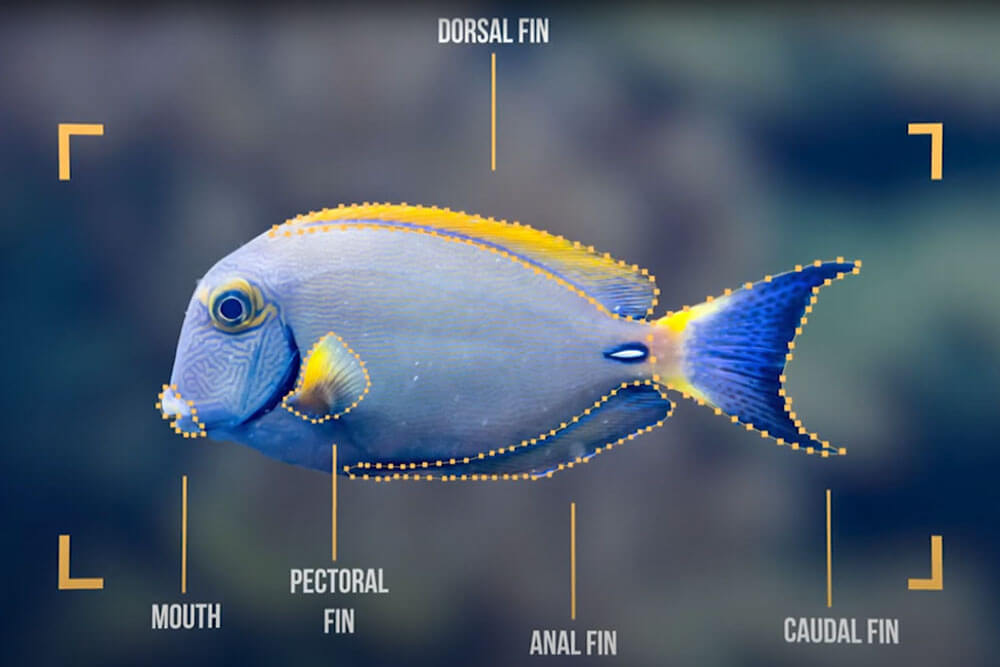
A new project to create an open-source machine-learning program for the identification of fish using artificial intelligence (AI) – known as Fishial.ai – is under development and inviting divers to submit photographs to its database. Fishial.AI aims to help divers, fishers and scientists easily identify fish species without having to trawl through a series of websites or books, while keeping its code in the public domain to assist other developers to create AI-based applications.
The idea was first conceived by Tom Wye and his wife Jane when they were fishing off the coast of Florida in 2015. After landing an unfamiliar fish species which they were unable to identify using publicly available online tools, Wye – recently retired from a career in Silicon Valley – came up with the idea for Fishial.ai. Following several years of development work, the Fishial.ai portal launched in August 2021.

The primary aim of Fishial.ai is ‘to change the way that people identify fish,’ according to Fishial.ai’s spokesperson Dario Stawski, in an e-mail to DIVE ‘We currently have tools in development that will aid everyone from novices to fisheries professionals in identifying fishes. For people who need an answer quick, they will have the option to plug in an image for automatic AI identification. There will also be options for users interested in improving their own identification skills to learn how to critically examine a fish.’
The second goal is to build the world’s largest, curated, open-source fish image library – a huge undertaking to cover the estimated 33,000 species of fish in the oceans, each of which will need approximately 1000 images to create an accurate identification database. The lack of high-quality, curated images needed to train the AI’s algorithms is the largest barrier to the development of the system. There are many thousands of fish pictures available on the Internet, but many are poor quality and mislabelled. In response to this problem, the team at Fishial.ai has created an online portal for picture submissions, with three marine biologists and a zoologist on board to assist with correctly vetting any pictures submitted.

While Fishial.ai will be of great interest to divers, who often spend hours enthusiastically trawling through books to identify the unknown highlights of the dive, good fish identification is essential for conservation. ‘Perhaps to some people, identifying fishes seems like nothing more than a neat party trick,’ wrote Stawski. ‘However, misidentification can lead to improper data collection by field biologists, resulting in inaccurate population estimates and misinformed management decisions.’
Beyond improving the ability to correctly identify species of fish, Fishial.ai will provide publicly available data from the project to other researchers in order to improve their studies. Among these, GPS location data will provide more detailed information of fish populations and their ranges – especially within the context of global climate change, which has seen certain species shift their ranges towards the poles as the oceans warm, including a recently observed spatial shift in the range of great white sharks.
The Fishial.ai website is still under development, but the portal to submit pictures is available at https://portal.fishial.ai In order to submit your pictures you will need to create an account, but the process is otherwise fairly simple. For more on the project visit www.fishial.ai, or follow the team on Facebook or on Instagram @fishial


